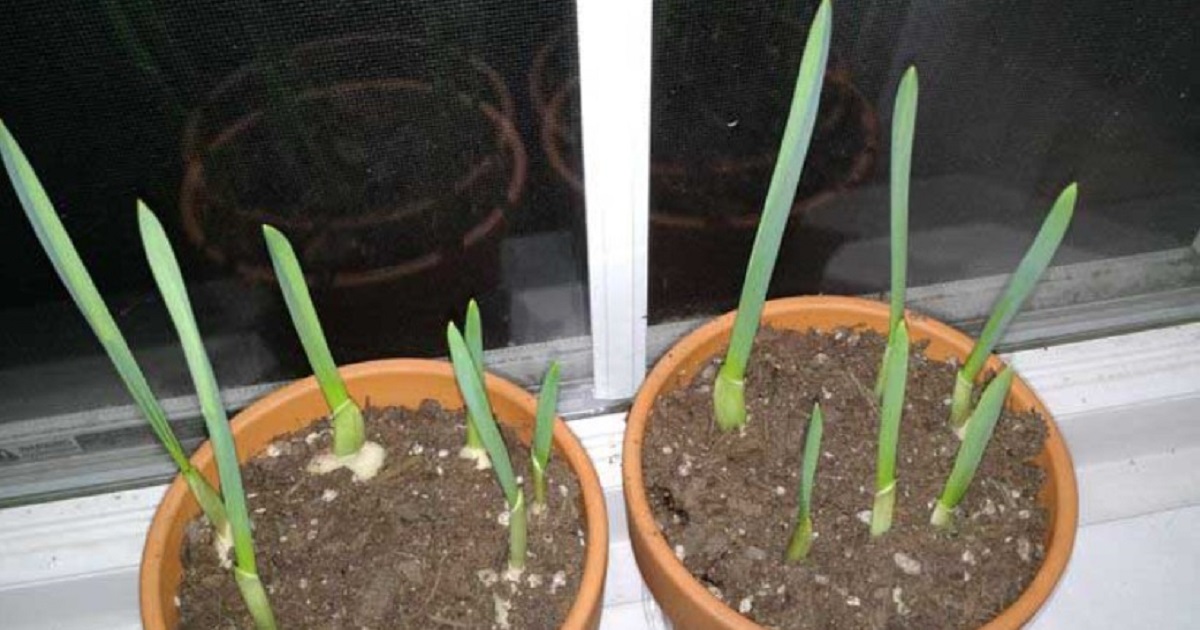9 Vegetables You Can Regrow Again

source: wikiHow
In a world where sustainability is gaining increasing importance, finding ways to reduce waste and make the most of every resource is crucial. One way to contribute to a more sustainable lifestyle is by regrowing vegetables from kitchen scraps. It’s not only an eco-friendly practice but also a rewarding experience that allows you to witness the miracle of nature right in your home.
1. Potatoes:
Potatoes are a versatile staple in many households, and regrowing them is surprisingly easy. If you find sprouts on your old potatoes, chop them into chunks, ensuring each piece has at least two eyes. Let the cut pieces air dry for a day or two, then plant them in soil with the eyes facing upward. Water them regularly, and soon you’ll have a thriving potato plant ready to produce more tubers.
2. Lettuce:
Regrowing lettuce from scraps is a simple process. Save the base of a head of lettuce with about an inch or two of leaves attached. Place the base in a bowl with a small amount of water, ensuring the water covers the root area. Change the water every few days, and soon you’ll see new leaves sprouting. Once the roots are well-developed, transfer the lettuce to soil for continuous growth.
3. Celery:
To regrow celery, cut off the base, leaving about two inches from the bottom. Place the base in a bowl with a small amount of water, ensuring the cut end is submerged. After a week or two, you’ll notice new leaves emerging from the center. Transplant the celery into soil, and it will continue to grow, providing you with a fresh supply of celery stalks.
4. Garlic:
Regrowing garlic is as easy as it is rewarding. Save a garlic clove with its papery skin intact. Plant the clove in soil with the pointed end facing up. Water it regularly, and you’ll soon see green shoots emerging. Once the shoots are well-established, you can harvest them as garlic greens, or you can let them mature into a full garlic bulb.
5. Onions:
Onions are another kitchen staple that can be regrown from scraps. Save the bottom of an onion with about an inch of the onion still attached. Plant it in soil, ensuring the top is just below the surface. With regular watering, you’ll witness new green shoots appearing, and you can harvest fresh green onions whenever you need them.

6. Mint:
Regrowing mint from cuttings is a breeze. Snip a healthy mint stem and remove the lower leaves. Place the cutting in a glass of water, ensuring the submerged nodes are covered. Once roots appear, transplant the cutting into soil. Mint is a vigorous grower, and you’ll have a constant supply of this aromatic herb.
7. Basil:
Basil is another herb that can be regrown from cuttings. Snip a healthy basil stem just below a leaf node and place it in a glass of water. Change the water regularly, and once the roots are well-developed, transplant the cutting into soil. With proper care, your basil plant will flourish, providing you with fresh leaves for culinary delights.
8. Pineapples:
Re-growing pineapples may take some patience, but it’s a fascinating process. Save the top of a fresh pineapple, ensuring a small portion of the fruit is attached. Remove the lower leaves to expose the stem, and let it dry for a few days. Plant the top in soil, and with time and proper care, you’ll witness the growth of a new pineapple plant.
9. Ginger Root:
Regrowing ginger is a straightforward process. Plant a ginger rhizome in soil with the buds facing up. Keep the soil consistently moist, and in a few weeks, you’ll see new shoots emerging. Ginger is a slow grower, but with time, you’ll have a thriving ginger plant that you can harvest from as needed.
Regrowing vegetables from kitchen scraps is a simple yet impactful way to reduce food waste and enjoy a perpetual supply of fresh produce. By incorporating these practices into your daily routine, you not only contribute to a more sustainable lifestyle but also gain a deeper appreciation for the resilience and vitality of nature. So, don’t toss out those food scraps – instead, turn them into a renewable source of homegrown goodness.